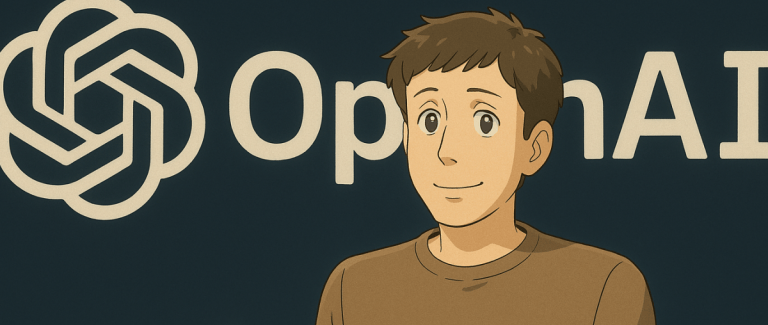The Ghibli AI Scam – Was OpenAI Involved ?
Recently, the internet was abuzz with a controversy involving fake Studio Ghibli-style content generated using AI. What seemed like magical animation clips, believed to be made by Studio Ghibli, turned out to be AI-generated by an anonymous creator — raising ethical and legal alarms. Speculation spread that OpenAI’s tools were behind the technology used. While there’s no solid proof linking OpenAI directly to the scam, the incident has reignited debates about AI misuse, creative copyright, and deception in media. As technology advances, creators and audiences alike must remain vigilant to preserve artistic authenticity in a world where anything can be faked.
NEWS
Thrivevision
4/5/20252 min read


The Studio Ghibli AI Scandal: When Magic Meets Manipulation
Recently, the internet found itself spellbound—and then stunned—by a series of enchanting animation clips that looked like they came straight from the legendary halls of Studio Ghibli. With their dreamy landscapes, delicate motion, and nostalgic charm, the clips went viral. Fans rejoiced, thinking the beloved Japanese animation studio had released new content.
But the magic was fake.
These animations weren’t handcrafted by Ghibli’s artists. They were AI-generated, crafted by an anonymous creator using advanced tools that mimic the iconic style. And just like that, admiration turned into outrage—sparking a wave of ethical, legal, and creative questions across the digital world.
The Great AI Illusion
At first glance, the clips felt authentic. The painterly textures, whimsical themes, and emotionally rich scenes bore all the hallmarks of Hayao Miyazaki’s signature style. But as scrutiny deepened, discrepancies emerged. Soon, it was revealed that the content wasn’t official. It wasn’t even human-made. It was synthetic.
Speculation spread quickly that the technology behind the deception might have involved tools from OpenAI, though there’s no confirmed link. Still, the controversy was enough to reignite global debate about the boundaries of AI in creative industries.
The Heart of the Problem
The core issue isn’t just about copyright. It’s about authenticity and trust.
Studio Ghibli’s works are revered not just for their beauty but for the human touch behind them—the years of effort, storytelling depth, and emotional sincerity that go into each frame. When AI can clone that magic with the click of a button, what happens to the value of the original?
Creators fear their styles will be stolen. Audiences fear they’ll be deceived. And everyone’s wondering: Where do we draw the line?
Art or Theft?
The anonymous creator behind the fake Ghibli clips may have intended the project as a technical showcase or homage. But without clear disclosure, it became a case study in how AI can be used to mislead.
This isn’t the first time AI has sparked controversy in the arts. But using it to mimic a specific, living studio’s work—especially one as beloved and protected as Studio Ghibli—crosses a line for many. It feels less like innovation and more like impersonation.
What Comes Next?
This incident highlights the urgent need for guidelines, transparency, and accountability in the AI space. As generative tools become more powerful, they must come with ethical boundaries—especially when mimicking real-world artists or studios.
Fans, too, play a role. In a world where anything can be faked, digital literacy and skepticism are essential. If we want to preserve the soul of human-made art, we must learn to ask: Who made this? And why does that matter?
Final Thoughts
The fake Ghibli AI scandal wasn’t just about animation—it was a warning shot. As we hurtle into an era where AI can forge even the most cherished art, the challenge is clear: we must protect the truth behind the beauty. Because sometimes, the difference between inspiration and imitation is only a pixel away.
Inspiration
Explore success stories and motivational journeys today.
Growth
Vision
© 2025. All rights reserved.
